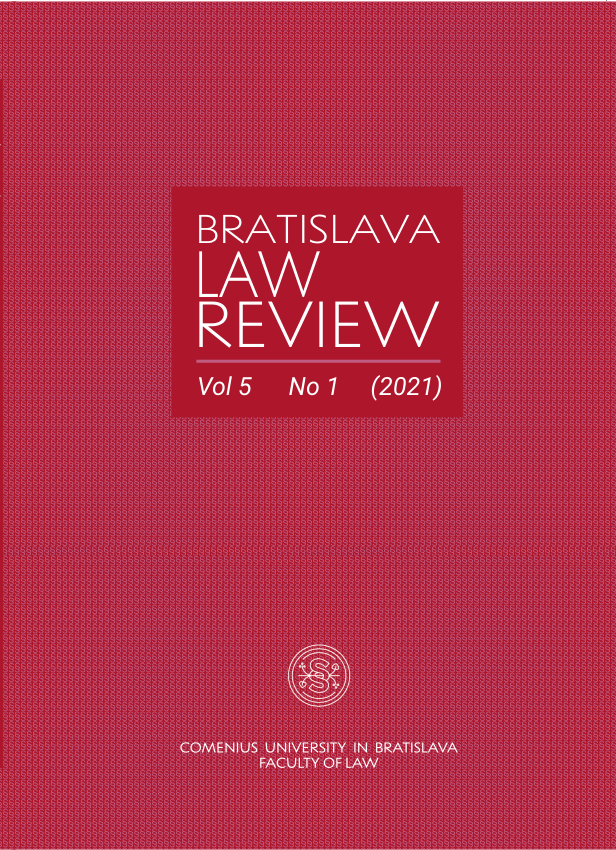Digitalisation of the Value Added Tax
Digitalisation of the Value Added Tax
Great Challenges
Author(s): Peter RakovskýSubject(s): Law, Constitution, Jurisprudence, Law on Economics
Published by: Univerzita Komenského v Bratislave
Keywords: VAT; invoice; transaction; proportionality; information; real-time reporting; tax law; Slovak Law;
Summary/Abstract: This paper focuses on Value Added Tax (VAT), due to the importance of indirect taxes as one of the most vital tax revenue generators in the EU. VAT is more stable and contributes more to the tax mix than direct taxes. However, the VAT gap is still a serious problem for the national governments, as it reduces the overall tax revenue. Tax authorities are looking for more opportunities to reduce the information asymmetries between them and the taxation subjects. Due to that, collection and analysis of big data seems to be an excellent opportunity to do so in the Slovak Republic as well. One of the biggest sources of big data in VAT in Europe and the world is formed by the so-called “real-time reporting” and electronic filing, since electronic filing is mandatory in the majority of EU countries nowadays. However, policy makers should bear in mind that the mere collection of data is not enough (Bal, 2014). The main subject of this paper is to find, analyse and take into account the most important measures of VAT in the context of digitalisation. In addition, this paper focuses on new trends and challenges for VAT in the Slovak Republic, which may follow the trends within the world.
Journal: Bratislava Law Review
- Issue Year: 5/2021
- Issue No: 1
- Page Range: 111-120
- Page Count: 10
- Language: English

